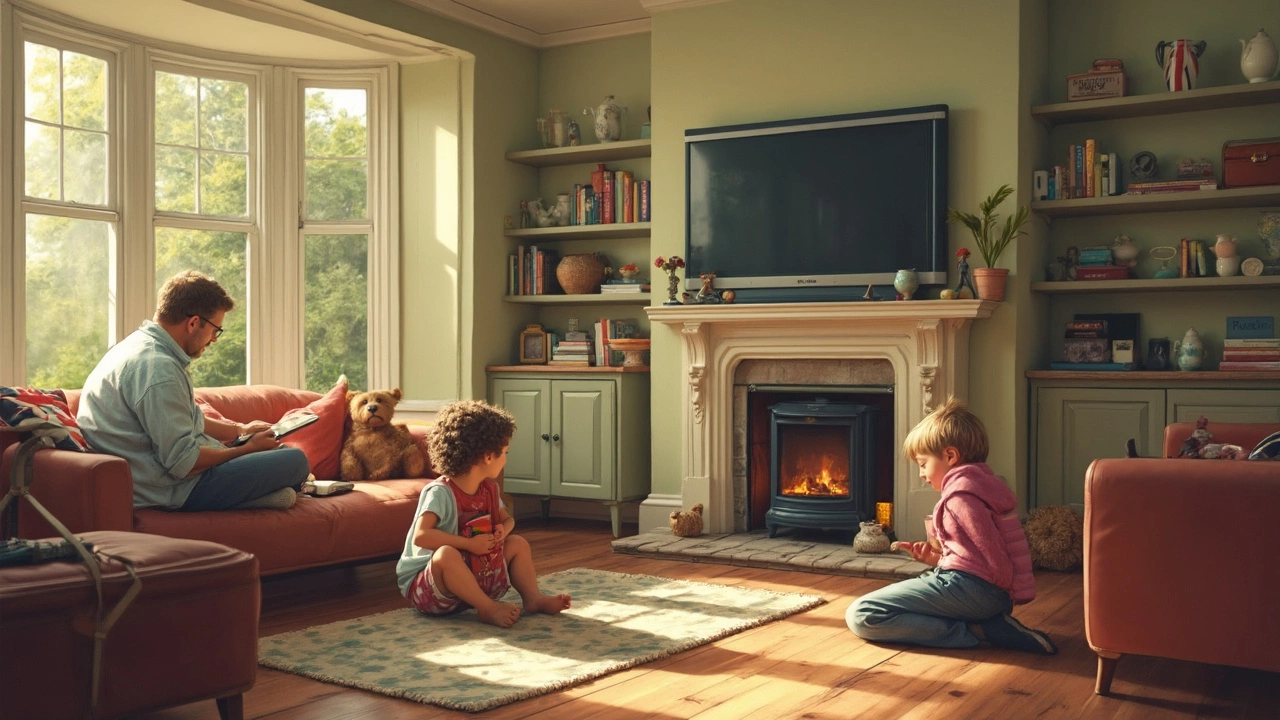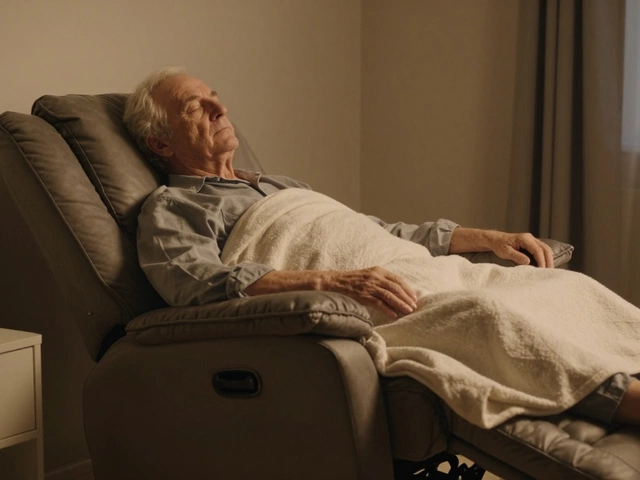TV Stands: How to Choose the Right One for Your Space
Thinking about where to put your new screen? The TV stand does more than hold a box – it sets the vibe, keeps everything safe, and can hide cords you don’t want to see. Grab a cup of tea and let’s sort out the must‑knows so you pick a stand that works, looks good, and lasts.
Measure Right – Width & Height Basics
First up, size. A good rule is to pick a stand at least as wide as the TV. If you have a 55‑inch screen, aim for a stand 48‑55 inches wide. Too narrow and the TV looks perched; too wide and you waste floor space.
Height matters for comfort. Sit on your couch, look straight ahead – the TV’s middle should be about eye level, usually 42‑45 inches from the floor. If the stand is too low, you’ll get a sore neck; too high and you’ll need a step stool.
Don’t forget depth. A stand should extend at least a few inches beyond the TV’s base to keep it stable. Check the TV’s stand width (the part that sits on the furniture) and add a couple of inches for safety.
Style, Storage & Safety Tips
Style is personal, but you can match the stand to the room without overdoing it. Wooden frames add warmth, metal gives an industrial feel, and glass looks sleek. Pick a finish that echoes other furniture – a dark walnut console works well with a brown leather sofa, while a white lacquer piece pairs nicely with a modern gray setup.
Storage is a bonus. Look for shelves or cabinets that can hide gaming consoles, DVD players, or cable boxes. Open shelves are great for easy plug‑in access; closed cabinets keep the room tidy. If you need space for a sound bar, make sure the stand’s lower shelf is deep enough.
Safety first. Check the weight capacity – most stands list a maximum of 150‑200 lb, but larger TVs need more robust support. If you have kids or pets, a stand with a low center of gravity reduces tipping risk. Anchoring the stand to the wall with a simple 2‑inch lag screw adds extra security.
Finally, think about cable management. Some stands come with built‑in holes or channels to run wires neatly. If yours doesn’t, you can buy a cheap cable raceway and keep the floor looking clean.
Summing up: measure the TV’s width, match the stand’s height to your eye line, choose a style that fits the room, add storage you’ll actually use, and double‑check the weight rating. Follow these steps and you’ll have a TV stand that looks good, works well, and keeps everything safe for years to come.
The Drawbacks of Wall-Mounted TVs Everyone Should Know
Mounting a TV on the wall can seem like a great space-saving idea, but it comes with its own set of drawbacks. From installation challenges to viewing angles, these factors can impact your viewing experience and safety. Learn what to watch out for before you decide to mount your TV on the wall. This guide will help you weigh the pros and cons effectively.







